5 outdated running myths that you need to stop believing, say these experts
Put them in the bin, forget them!
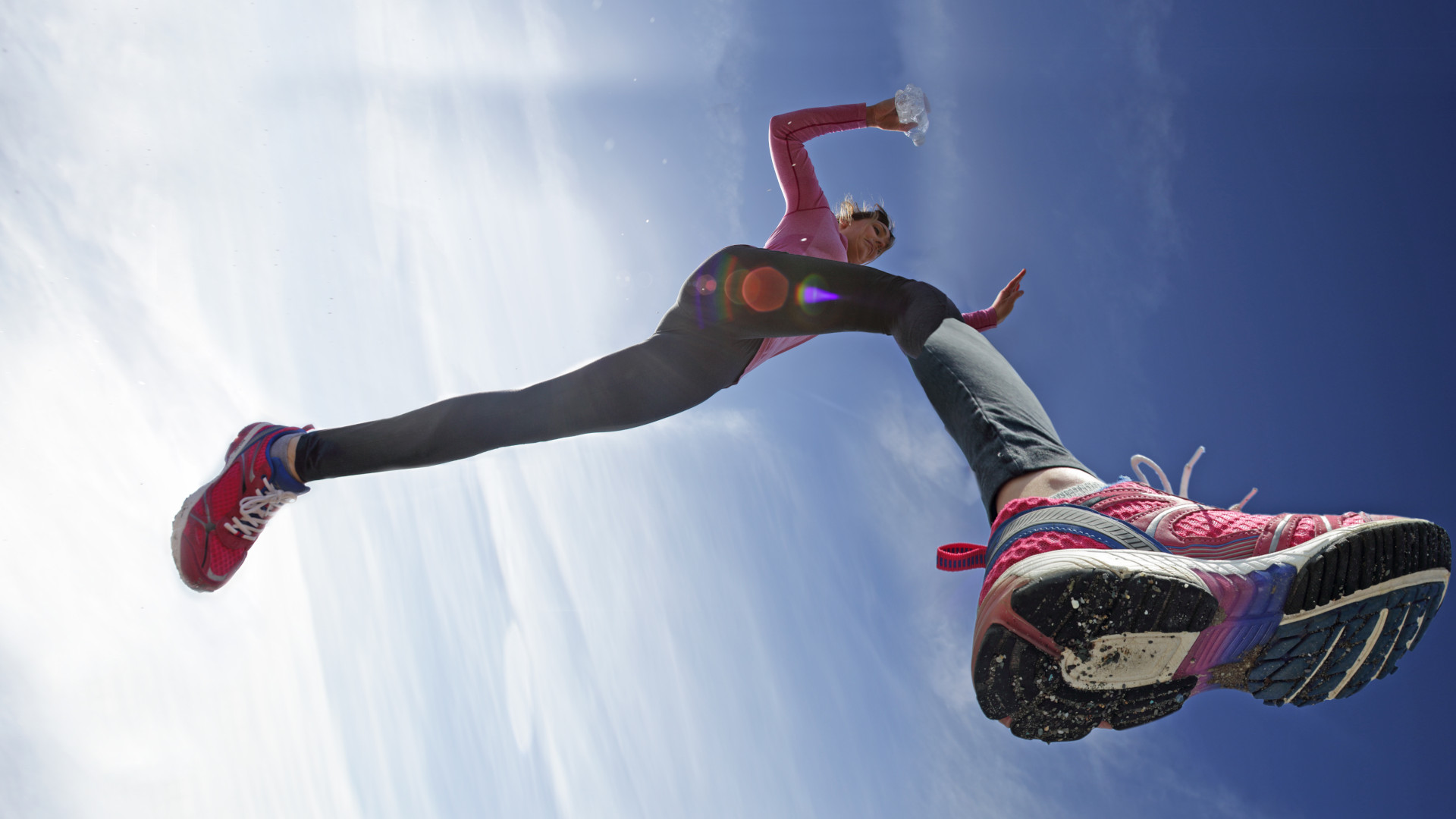

Whether you’re a seasoned runner or a rookie looking to lace up your running shoes for the first time, you’ve probably come across some of these common running myths.
Running is a fantastic way to keep fit and more popular than ever right now, with marathons hitting record-high numbers and endurance events, like HYROX, on the rise. Yet people still have some weird and wacky things to say about this type of training. What’s worse is, if you believe it, it could actually be holding you back from hitting a PB or giving running a go in the first place.
To help you continue putting your best foot forward, we reached out to running coaches, sports nutritionists, and marathoners to debunk some of the most common running myths. Run away from these bad boys, fast!
‘Running will ruin your joints’
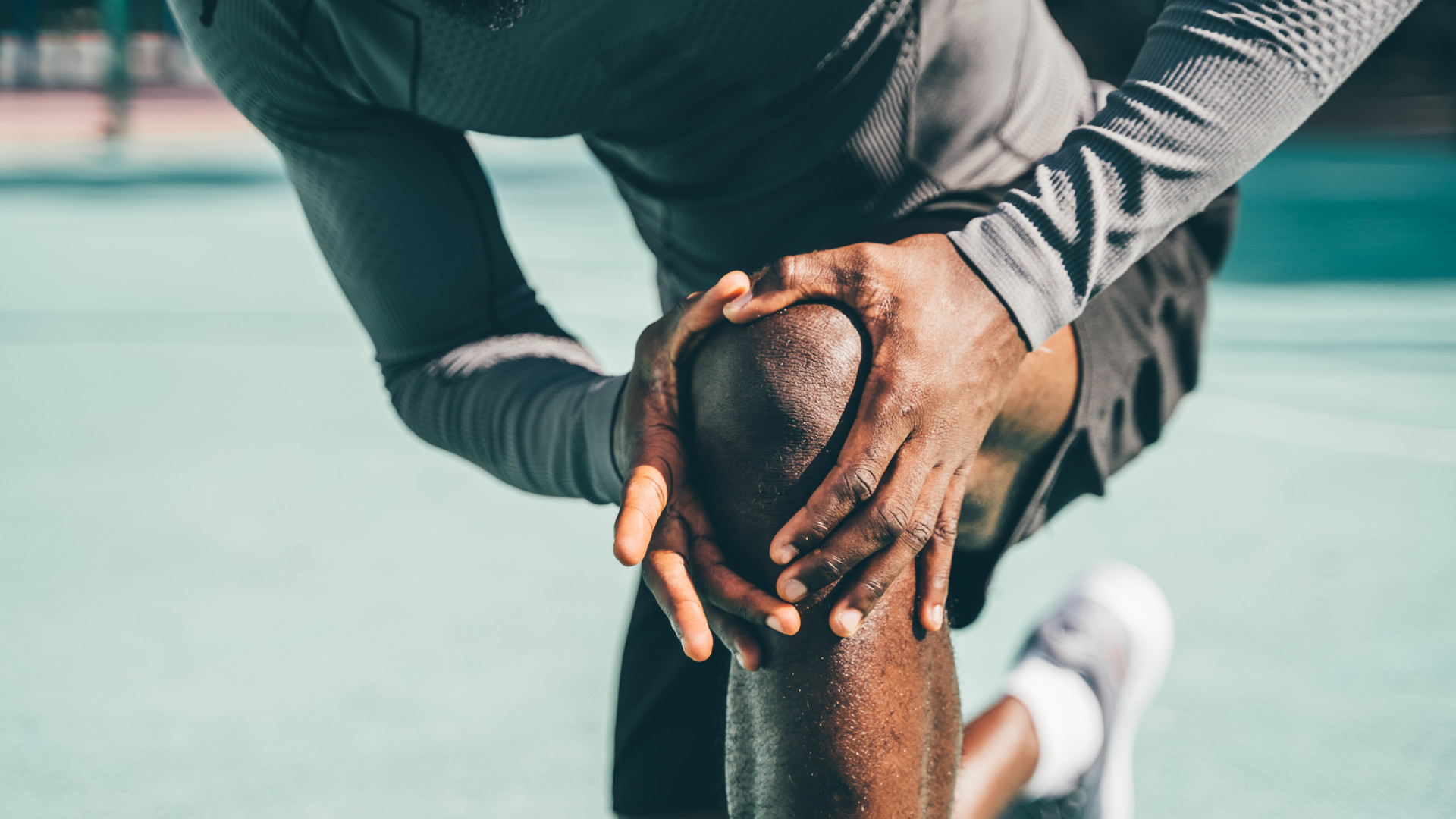
This myth often discourages people from running in the first place. While running is a high-impact activity, Wattbike Ambassador and marathon coach Emma Kirk-Odunubi says it won’t ruin your knees. “Running actually supports bone health more than people realise,” she says. “Recent research in the British Journal of Sports Medicine shows that running can prevent osteoarthritis and doesn’t necessarily increase the likelihood of joint problems. To help ensure this, make sure you’re not overstriding, to ensure limited excessive forces are acting on the body, that you’re not overtraining, and doing strength work alongside your running."
‘You should always take carbs during a run’
Carbs are a runner's best friend, as they help replenish those important glycogen stores and are the body’s main source of fuel. But does that mean you need to take multiple gels or stuff your pockets full of Jelly Babies on every run? No. “The simple rule of thumb is: the longer and harder you run, the more carbohydrate your body uses,” says Nigel Mitchell, Sports Nutritionist and Technical Director, truefuels. “I would suggest taking carbohydrates on runs only over an hour. If 90 minutes and above, start to take in carbs from 30-45 minutes in, with 40g of carbs every 40 minutes and build up depending on intensity.” In short, save them for your hard runs.
‘Strength training isn’t important for running’
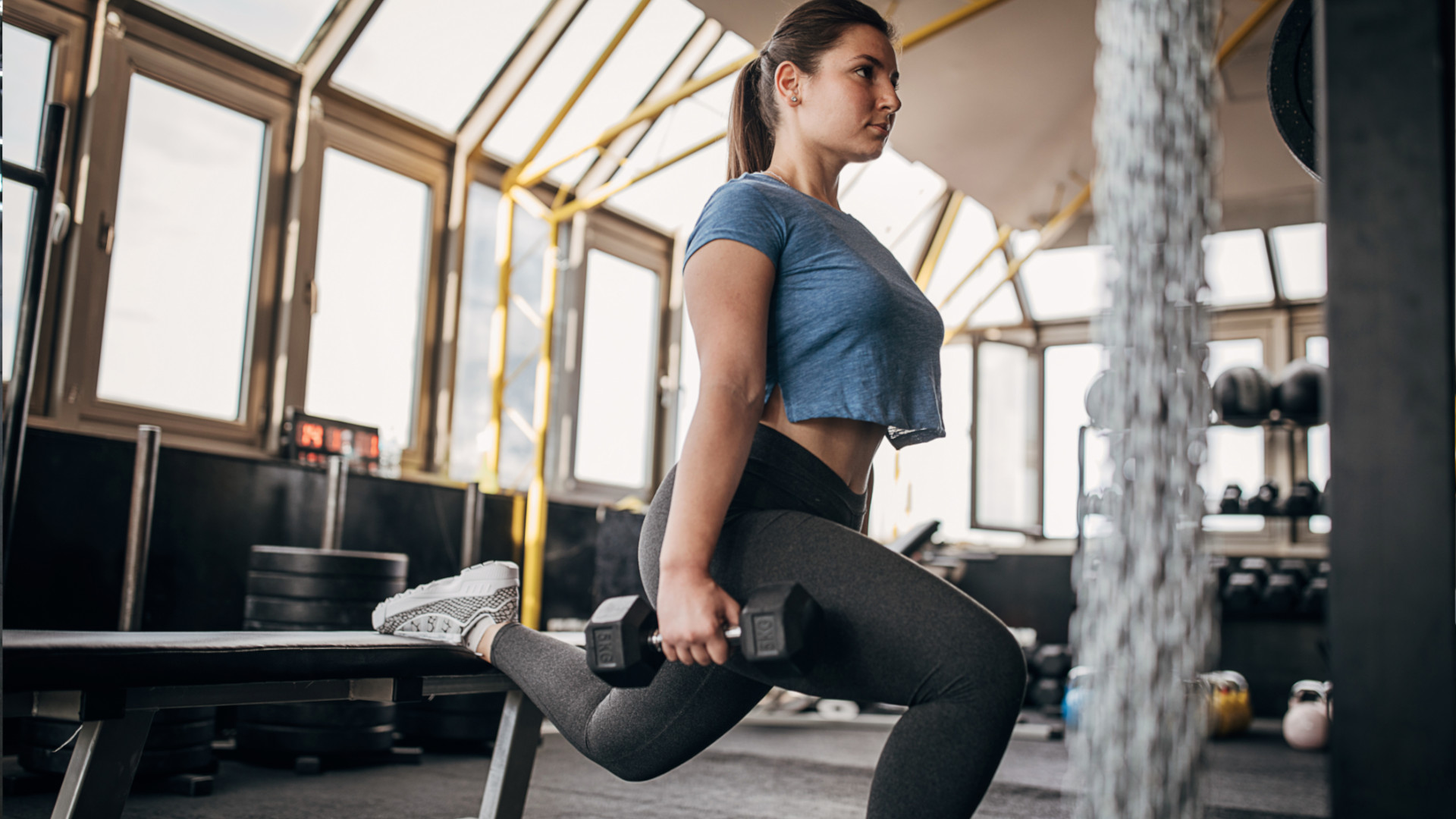
Strength training should be an essential part of a running program as studies have show it can improve speed, power, and running economy. “A well-designed strength program that works alongside running will help to strengthen the muscles, joints, and ligaments utilised in running, decreasing the runner’s likelihood of getting injured due to repetitive movement," says Luiz Silva, Group Fitness and Wellbeing Manager at The Club Company, Castle Royle. "Plus, it can help identify and correct muscle imbalances that could lead to further injuries.”
‘You should always stretch before a run’
Stretching before running is important, however, it all comes down to the type of stretching and static stretching – where you hold a stretch in a stationary position to help lengthen the muscles – should be avoided, says Emma. “When we run we need the blood flowing efficiently through the body and muscles before we begin, and holding a static stretch doesn’t encourage that warming of the muscles. Instead, doing drills and movements like walking lunges with a reach overhead is far more efficient than holding a quad stretch.”
Sign up to the T3 newsletter for smarter living straight to your inbox
Get all the latest news, reviews, deals and buying guides on gorgeous tech, home and active products from the T3 experts
Cycling is a distraction from running training
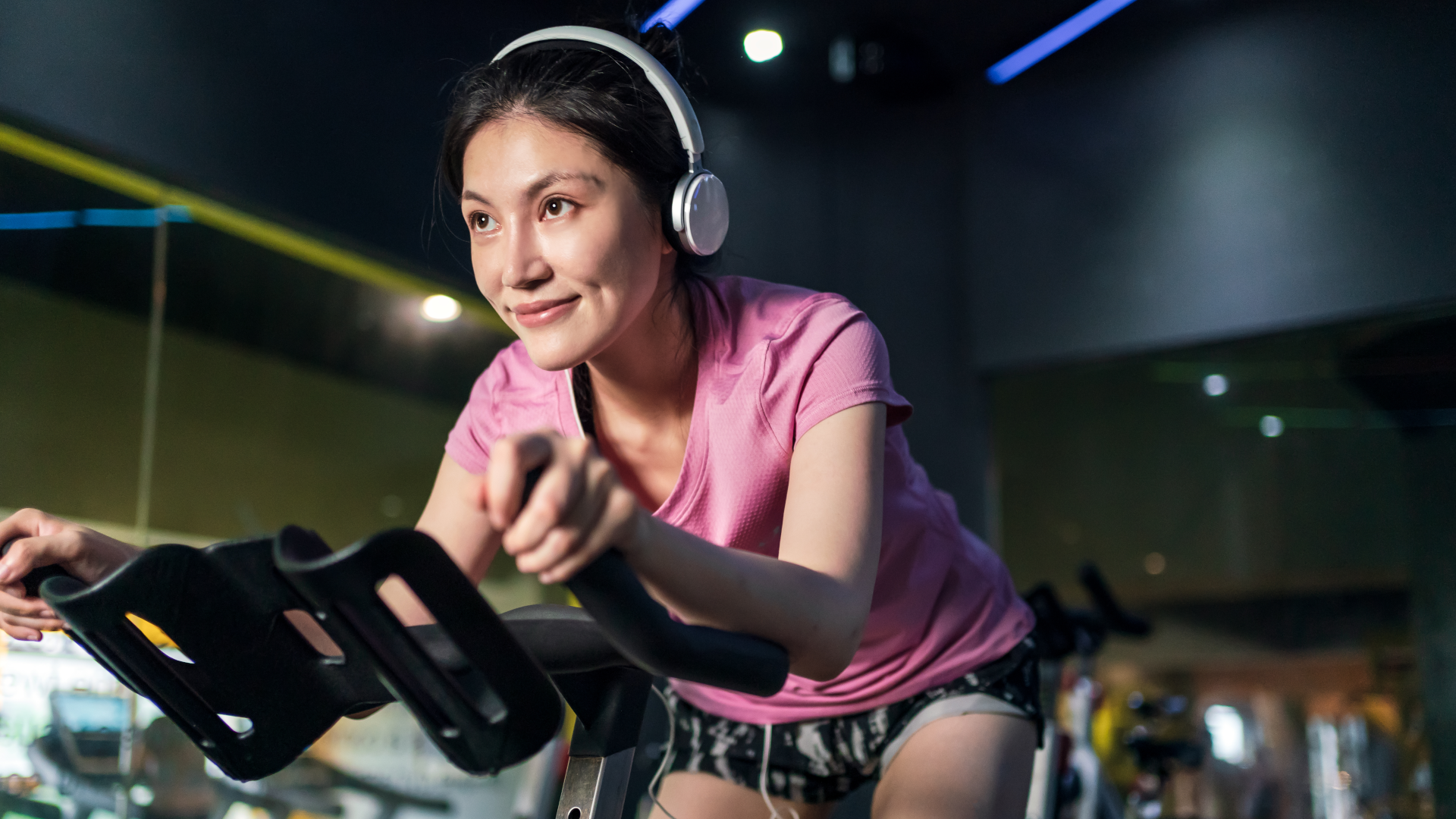
In fact, cycling can actually be a valuable cross-training tool for runners, so there's no need to shy away from it. "Running is a high-impact whereas cycling is a low-impact exercise, so it can provide a break for your joints, while still allowing you to work hard and maintain aerobic fitness," explains Alex Dowsett, Wattbike Ambassador, cycling coach, and founder of Thighs Club. "It also engages muscles in a different way, particularly the glutes and hip flexors, which can help to balance muscle development, which can improve your running form and efficiency."

Bryony’s T3’s official ‘gym-bunny’ and Active Staff Writer, covering all things fitness. She recently completed her Level 3 PT qualification with the PFCA to bring a deeper understanding of training techniques, fitness trends, and wellness advice to her writing. In her spare time, you will find her in her natural habitat - the gym - where her style of training is a hybrid of bodybuilding and powerlifting. Bryony loves writing about accessible workouts, nutrition and testing innovative fitness products that help you reach your fitness goals and take your training to the next level.
You must confirm your public display name before commenting
Please logout and then login again, you will then be prompted to enter your display name.
-
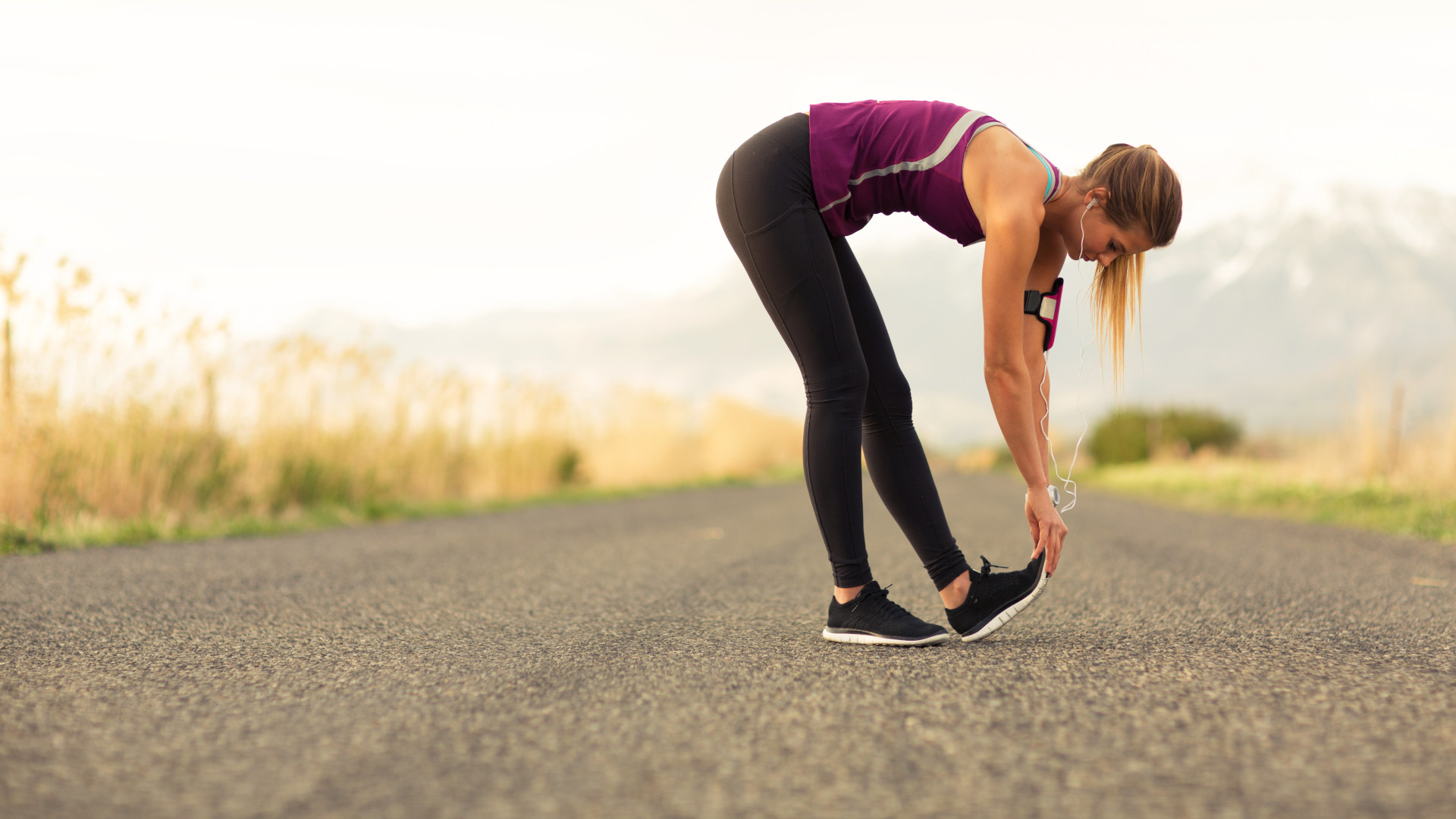 3 hamstring stretches every runner should be doing
3 hamstring stretches every runner should be doingIf you’re a runner, these moves should be a given
By Lucy Miller
-
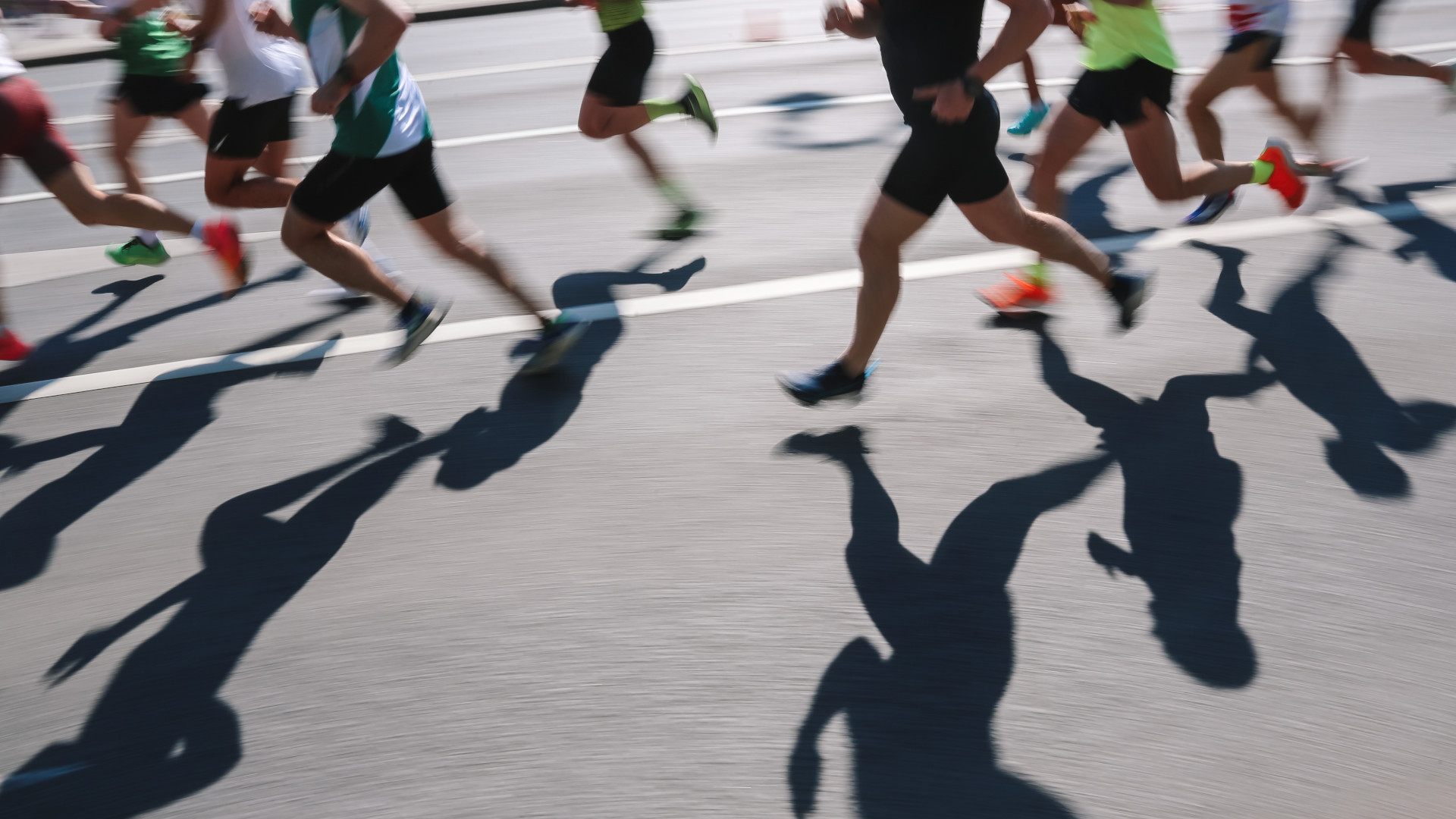 5 last-minute marathon tips from an athletics champion to help you race like a pro
5 last-minute marathon tips from an athletics champion to help you race like a proEuropean Silver Medalist Holly Archer shares some words of wisdom to make your 26.2 mile journey a good one
By Bryony Firth-Bernard
-
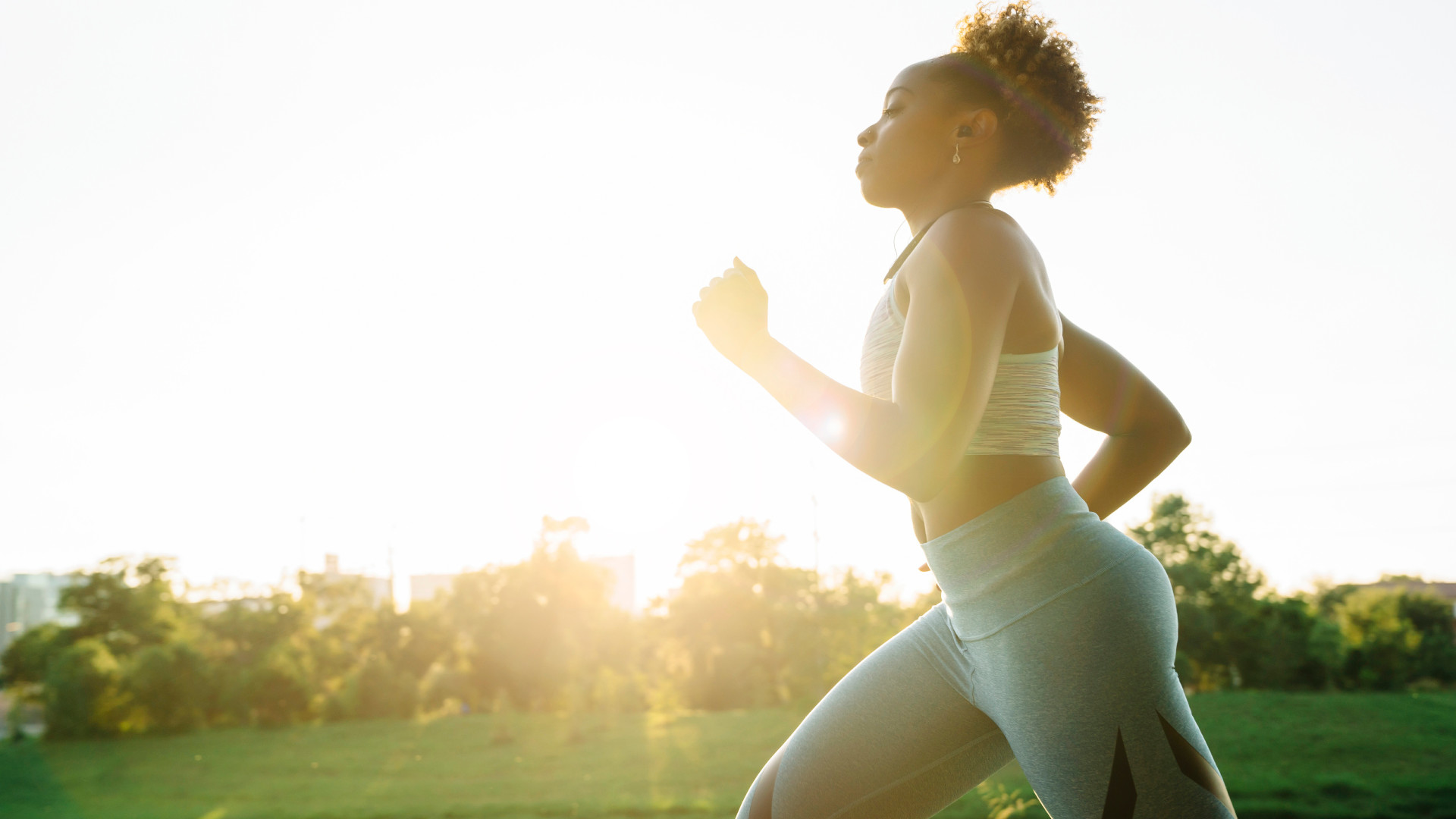 I trained in zone 2 for my half marathon, and it made me a faster runner
I trained in zone 2 for my half marathon, and it made me a faster runnerWhy zone 2 training could be the secret to long-distance running success
By Lucy Miller
-
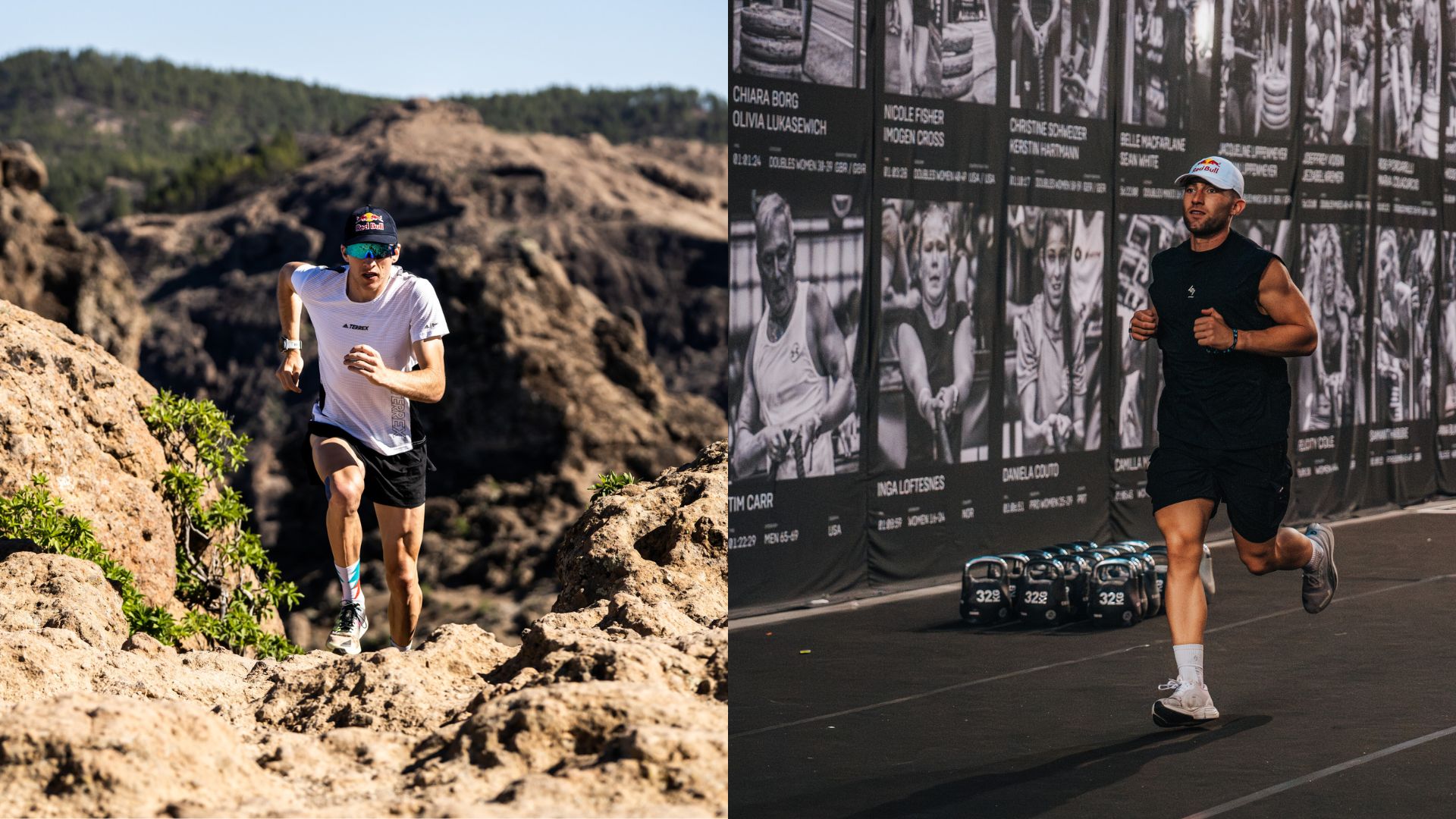 Trail running vs road running: which terrain is right for you?
Trail running vs road running: which terrain is right for you?Are you better suited for the road or tackling the trails? Let's find out...
By Bryony Firth-Bernard
-
 I ran the Seville marathon with ASICS – here’s 5 things I learnt from my first marathon
I ran the Seville marathon with ASICS – here’s 5 things I learnt from my first marathonEverything I learnt from my first marathon
By Bethan Girdler-Maslen
-
 An expert says this is the best method to help you start or get back into running
An expert says this is the best method to help you start or get back into runningEven seasoned athletes use this technique
By Bryony Firth-Bernard
-
 6 running mistakes beginners should avoid, according to an expert
6 running mistakes beginners should avoid, according to an expertIf you want to avoid injury and improve your performance
By Bryony Firth-Bernard
-
 Sore lower back after running? A physio says these three exercises can help
Sore lower back after running? A physio says these three exercises can helpIf you’re prone to back aches after a run, give these a try!
By Bryony Firth-Bernard

